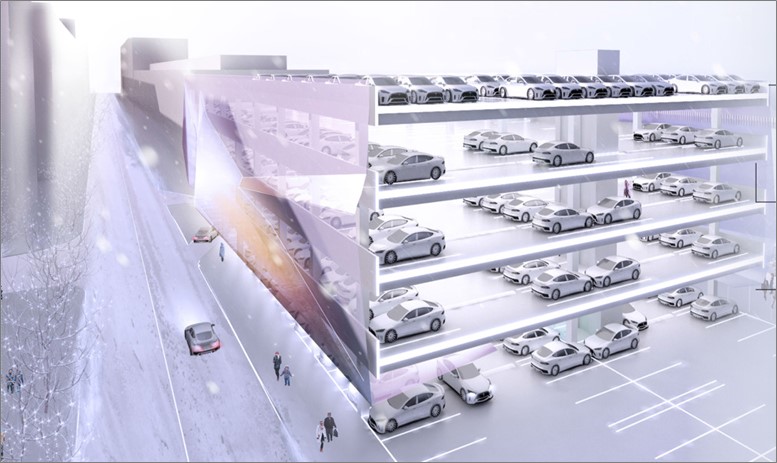I tweeted this out a few weeks ago, (view tweet) and I’m trying to expand on the idea. What follows is definitely in the class of ‘a germ of an idea’, you have been warned.
———————————
One of the winning things in technology strategy is when you identify an unexpected secondary use of your technology that addresses significant problems for a segment of the market. These so called cross-side benefits generally make your primary good more valuable and to become entrenched, because the number of actors who benefit from it increases. Battery powered autonomous cars may be in this position, not just offering benefits for the general population, but also benefits to the energy grid.
So, let’s backup a bit and get a bit of grounding in energy production and transmission. The energy grid of most modern economies are geared to serve peak energy usage. This usually occurs in the middle of the day during work hours. This peak usage rises in the summer when air conditioning use is at peak relative to the rest of the year. In off peak hours (at night), the demand for energy falls significantly. This reality is captured by the peak/average ratio regional grids which has been creeping up over the past decades (in the US). Now, excess energy in the grid is effectively grounded. The grid does not have a storage function and will generally ‘waste’ energy that does not have any demand. The higher the peak/average ratio, the more energy is ‘wasted’. The only real way to solve this is to store excess supply of energy and discharge it during peak demand, effectively smoothing the production curves. Up until very recently this was not easy to do at scale (Tesla and New South Wales, etc.) and doing it at the edges is very expensive (wall chargers, etc.).
Now let’s introduce a new technology – electric cars. Especially in North America, people need to drive for work and leisure. The current expected trajectory is that electric cars will replace gas cars over the next 3 decades. More importantly, this is gas car replacement technology with a cost profile that is comparable. In other words, people will buy a lot of electric cars just like they have bought a ton of gas cars. If you peek under the hood though, electric cars are basically batteries on wheels. They can be charged up to drive and they can be discharged to power the wheels. Or crucially, they can be engineered to discharge power back into the grid. In other words, an economy that has say 100 million electric cars, effectively has the scale to smooth electrical demand just by creating a scalable means for these autonomous cars to return power to the grid during peak times.
So, by having an efficient way to purchase battery storage (autonomous fleets, individual car purchase) and link it to the grid, we can potentially have a massive cross side benefit of adding a storage function to the current design of the energy grid without having to build massive energy storage stations.


One Response
I couldn’t agree more. Great article!